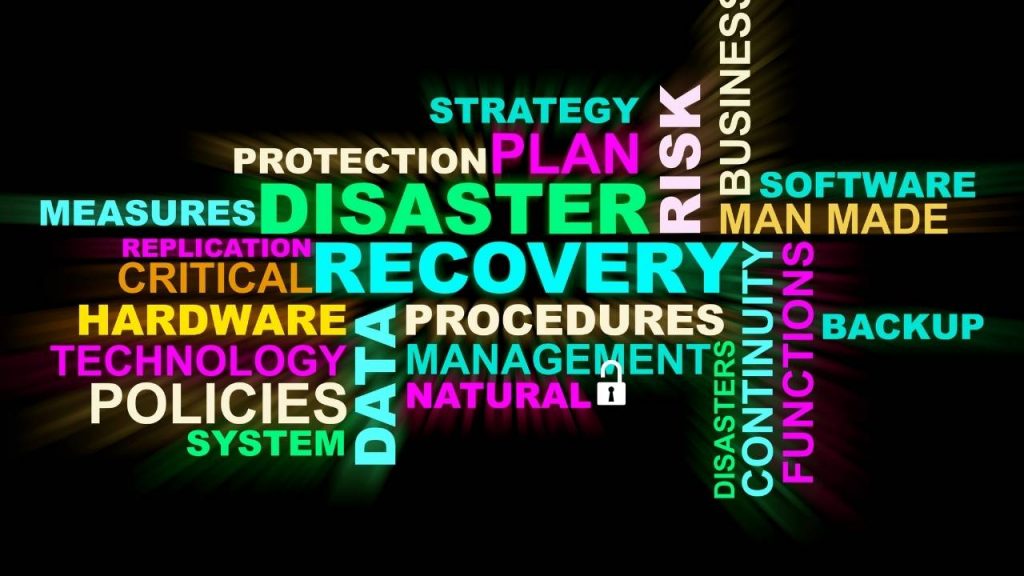What’s Disaster Recovery
Disaster recovery is the service that will put you on track quickly if your data and/or operational systems have been compromised.
Disasters with the potential to cause great losses to an organisation are now more frequent than before. Talk of natural catastrophes such as floods, wildfires, hurricanes, and earthquakes; we have witnessed them in recent years more than any other recorded period in our lives.
Wars, cyber-attacks, equipment failures, and even power outages are also more frequent today. Apart from financial loss, disruptive events have the potential of causing loss of customer trust and brand authority. Given that these disasters are likely to happen and worse still nobody or no systems may predict with certainty when they may happen, commonsense dictates that we be proactive.
If there is a wrong time to wonder what may happen to your data and business, it is the moment when your servers go down. However, if you have invested in data recovery beforehand, you are assured of continuity regardless of the misfortunes that befall your business organisation. If you have not, take action before it is too late. Have in place a disaster recovery plan.
What is disaster recovery?
Disaster recovery is an important process that aids a business organisation survive and recovering in event of an expected misfortune such as a cyberattack, natural disaster, or accidental data loss. It is like a lifeboat, equipment that will keep your business afloat when a disaster happens. It assists essential business operations by gaining access to your data and software when the unexpected happens. With a sound disaster recovery plan, a business organisation can focus, prioritise risks, establish a protection strategy and decide on the best way to recover. It offers several benefits to your business, such as:
Saving the business
No business can afford downtime as a result of IT failure. Data breach as indicated in recent research attributed to Ponemom Institute costs an average of $1.5 million. This loss comes from lost revenue, customer turnover, and reputation damage. A similar study found that the stocks of affected businesses suffer a huge drop in the next few months. To avoid all this, businesses are advised to have in place a sound IT disaster recovery plan; a proactive plan that will save their operations from collapsing.
Saving business assets
With the recent rise in cyber attacks and disruptions, there has been increased exposure to digital assets. With a sound disaster recovery plan, business intellectual property, as well as other digital assets, are protected.
Saves money
A study that focused on the effects of ransomware attacks on businesses found that higher insurance premiums and difficulties in borrowing in the markets due to downgraded credit ratings are some of the serious problems that companies are facing. Investing in sound disaster recovery can save the business from these pains as at first, lenders will have confidence, and also insurance companies will charge low premiums since the chances of loss are highly reduced.
DRaaS can help you prepare for a disaster
Given these and more benefits, businesses are adopting disaster recovery as a service (DRaaS) to protect themselves from disasters. DRaaS is a cloud computing service approach where a business back up data and its infrastructure is a third-party managed system. With this service, the business will regain access and functionality after a disaster. It also means that as a business, you do not have to invest in all the resources required for disaster recovery; instead, a service provider (like PeaSoup) will handle everything needed to ensure that you get back on foot quickly after a disaster.
Business organisations need to plan for disasters, DRaaS is the solution, and it is the service that helps you avoid the losses that come with the effects of unwanted yet unavoidable events.

